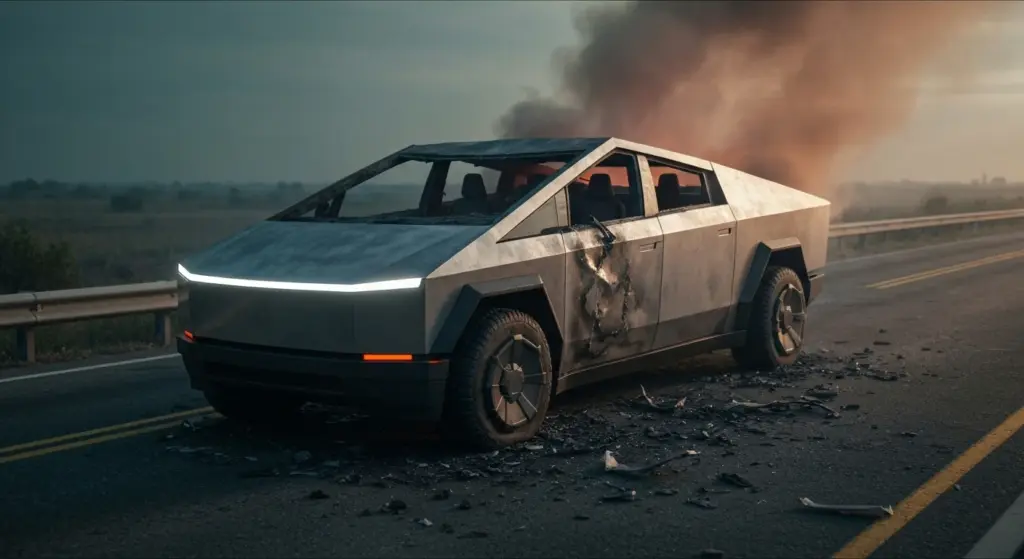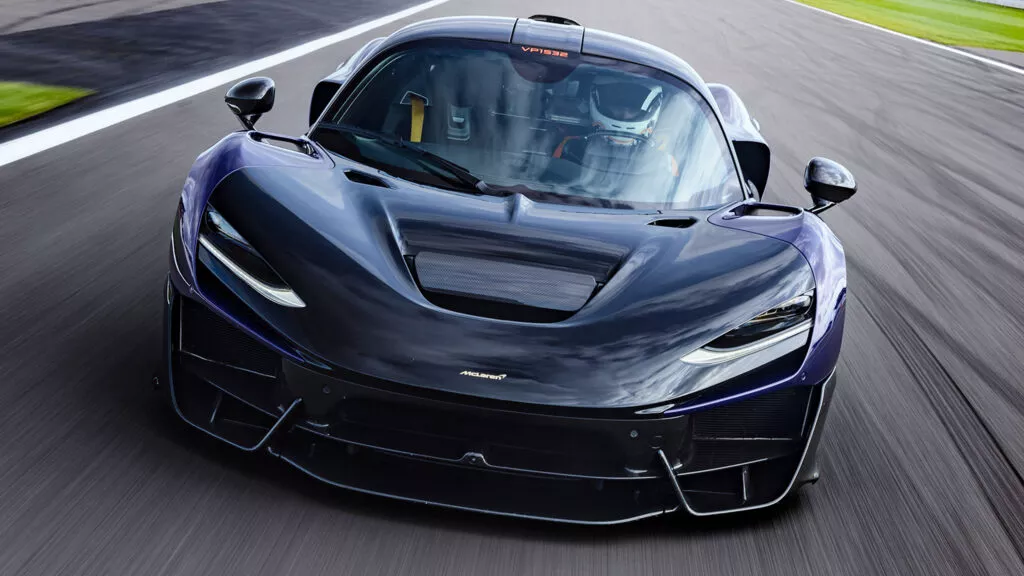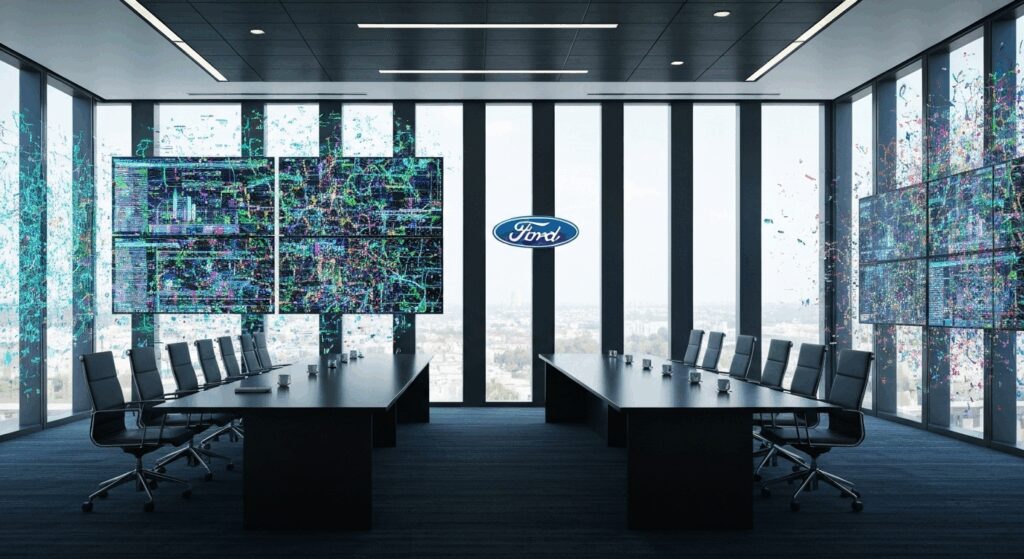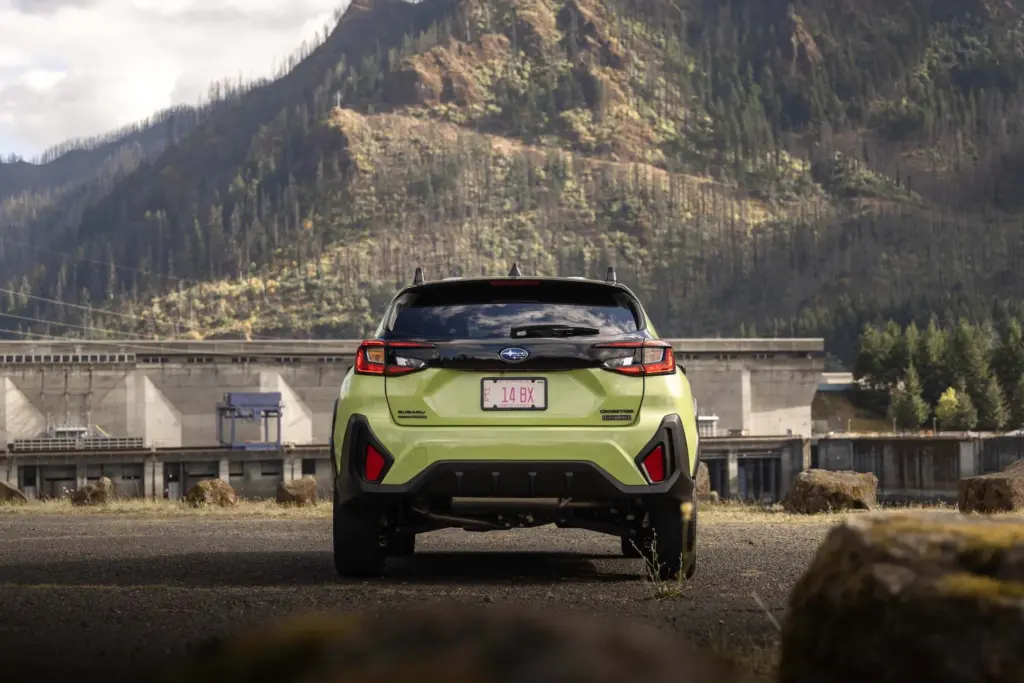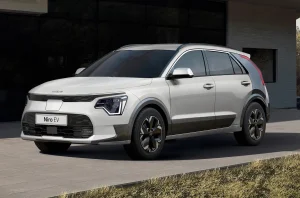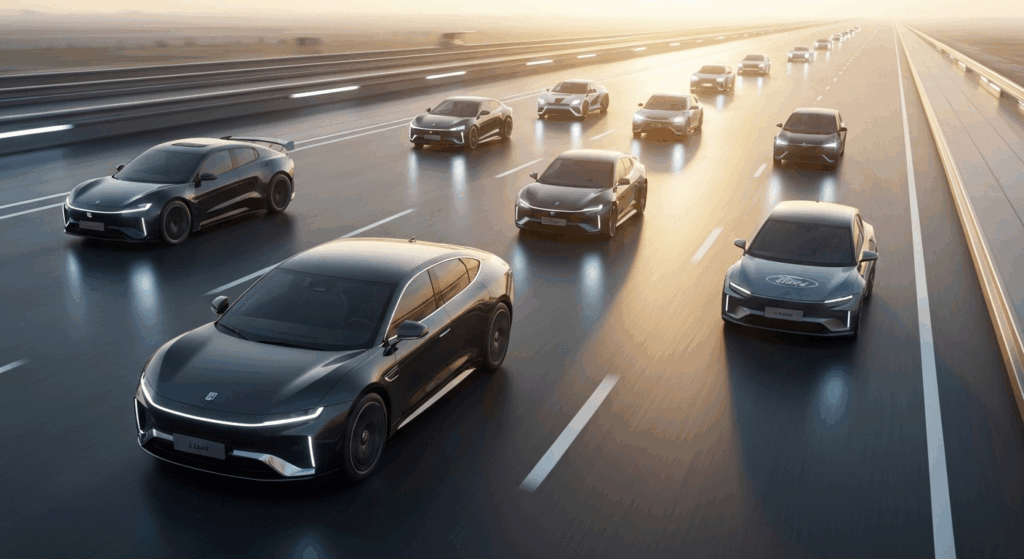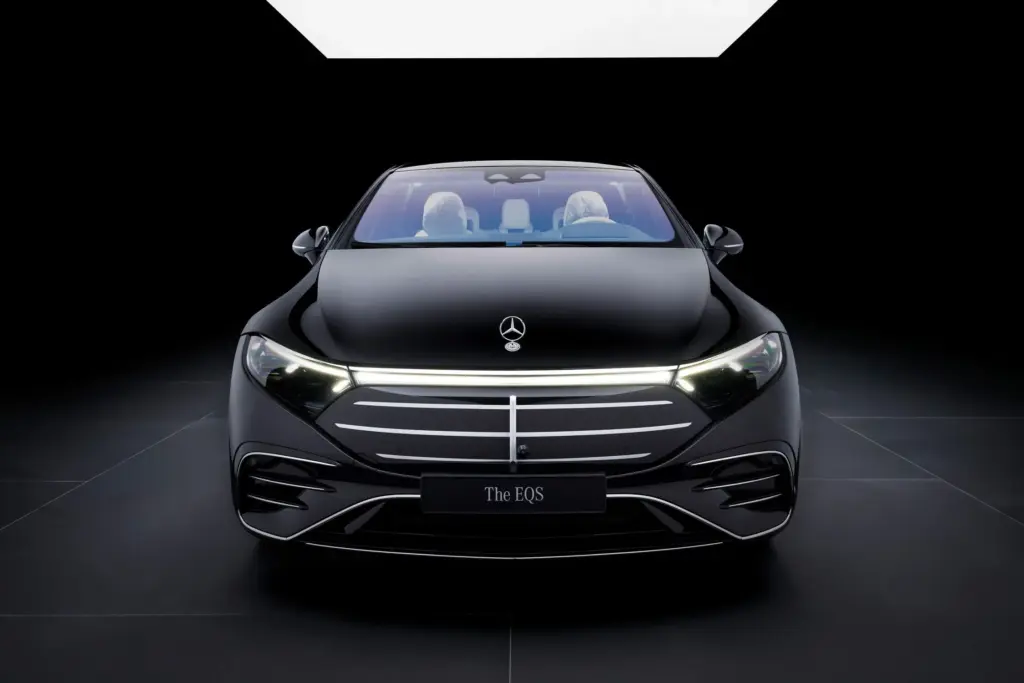Hyundai is unveiling its innovative Pleos system, akin to Tesla’s, with groundbreaking features set to launch in 2026. This release marks a new era of connectivity and performance for Hyundai vehicles.
Hyundai Pleos Display: A Focus on Innovation and Futuristic Design
The new Pleos system showcases a modern and intuitive design that blends technology with ergonomics. The tablet-shaped screen is prominently positioned in the center of the dashboard, exuding sophistication and technological agility. Every detail of the hardware is crafted to provide a unique digital experience.
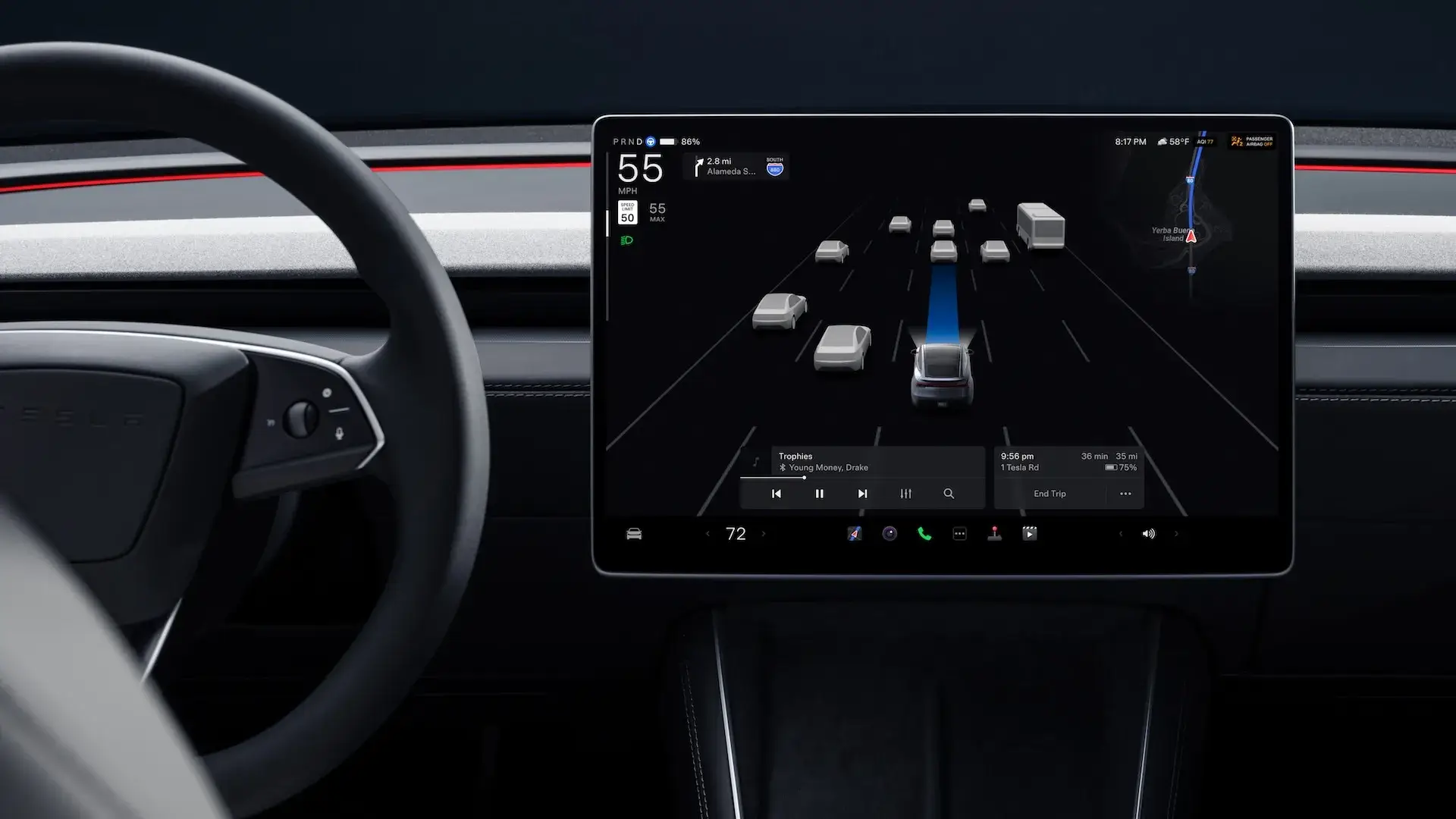
Users will experience simple and efficient interactions. The buttons and knobs included in the system provide tactile control. This combination of physical and digital inputs enhances driving usability. The design reflects Hyundai’s commitment to innovation and practicality.
Complete Integration with Hyundai Pleos: Connectivity and Performance
Pleos is a platform that integrates several essential onboard functions, connecting the vehicle to high-performance chips and cloud infrastructure. The system enhances both performance and real-time responsiveness. Every component works in synergy to deliver superior performance.
The integration of information, vehicle operations, and fleet management is impressive. The data hub allows for constant and secure monitoring. This connectivity reinforces the concept of a smart car, offering a robust and reliable digital experience with Pleos.
Features of the Hyundai Pleos System
- Complete Hyundai connectivity
- Real-time performance
- Intuitive interface
- Futuristic design
- Continuous updates
Comparing Tesla and Hyundai: Rapidly Evolving Systems
This comparison with Tesla is intentional. Tesla is a benchmark in infotainment, and Hyundai aims to follow that standard. While Pleos shares significant similarities, it also introduces its own innovations. This evolution seeks to provide alternatives for consumers looking for diversity in their vehicles.
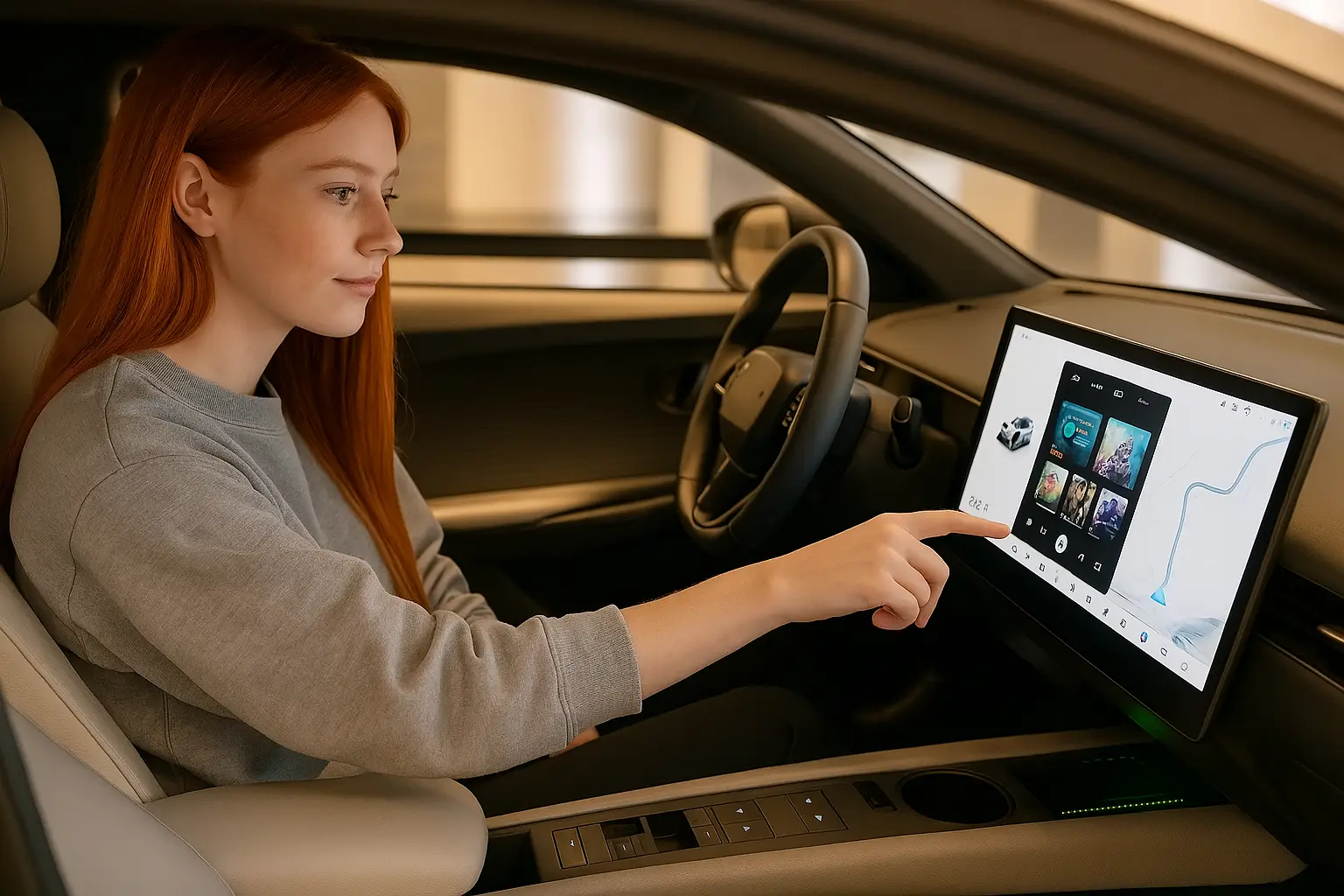
The user experience with Pleos maintains the fluidity of Tesla’s screens. However, the addition of physical controls provides a unique advantage. This combination allows for a smooth transition for users accustomed to tactile interfaces. The smart movement of Pleos signals a new phase in the automotive industry.
Comparative Table of Systems
| Hyundai System | Tesla System |
|---|---|
| Hybrid interface | Pure touchscreen |
| Physical controls | No physical controls |
| High connectivity | Agile updates |
Vehicles of the Future: Connectivity and Data in Hyundai Pleos
The vision for 2030 is ambitious. Hyundai plans to implement Pleos in 20 million vehicles worldwide, demonstrating its commitment to a technologically advanced future. The system integrates data, connectivity, and logistics in real-time.
The cloud infrastructure ensures security and accuracy in every operation. Data collection and analysis optimize vehicle performance, allowing for constant updates and safer driving experiences. Pleos reaffirms Hyundai’s leadership in digital innovation.
Hyundai Autonomous Technology: Advanced Innovations
The Pleos system incorporates autonomous driving functions, leveraging cameras, radars, and artificial intelligence. This integration promotes road safety and efficiency while driving. Hyundai is committed to advancing these technologies for a fully autonomous future.
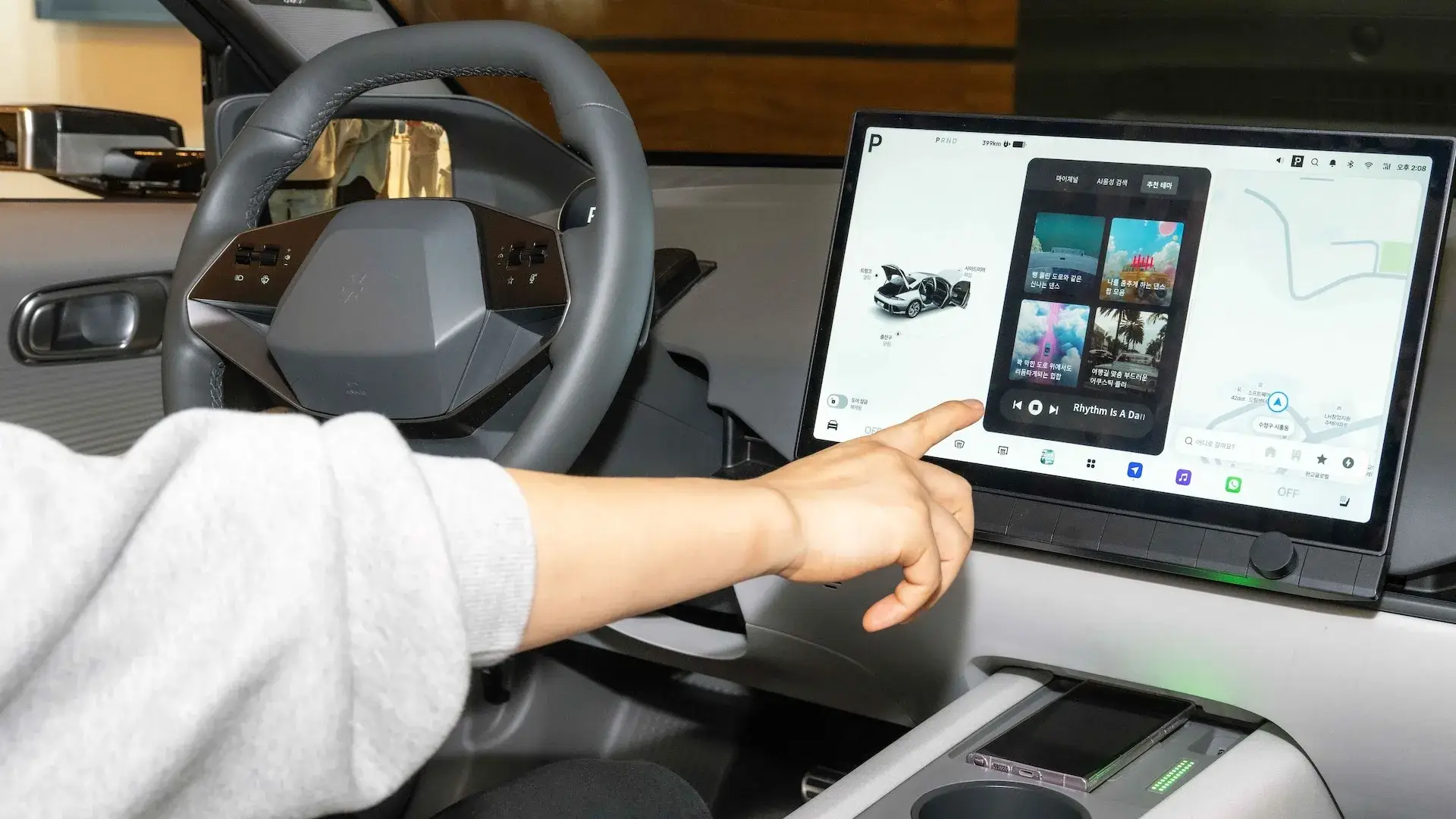
Vehicles will feature assisted driving capabilities starting in 2027, facilitating the transition to autonomous driving. The combination of sensors and AI makes Pleos robust and reliable. This innovation reflects in a system that seamlessly integrates performance and safety.
Frequently Asked Questions about Hyundai Pleos
- How does Pleos enhance Hyundai’s connectivity? The system integrates vehicle data and operations.
- What advantages does Pleos offer? It combines physical controls with a digital interface.
- When will Pleos be launched? The debut is anticipated for 2026.
- What autonomous benefits does Hyundai provide? It utilizes advanced cameras, radars, and AI.
- Which vehicles will receive the Pleos system? A total of 20 million vehicles by 2030.


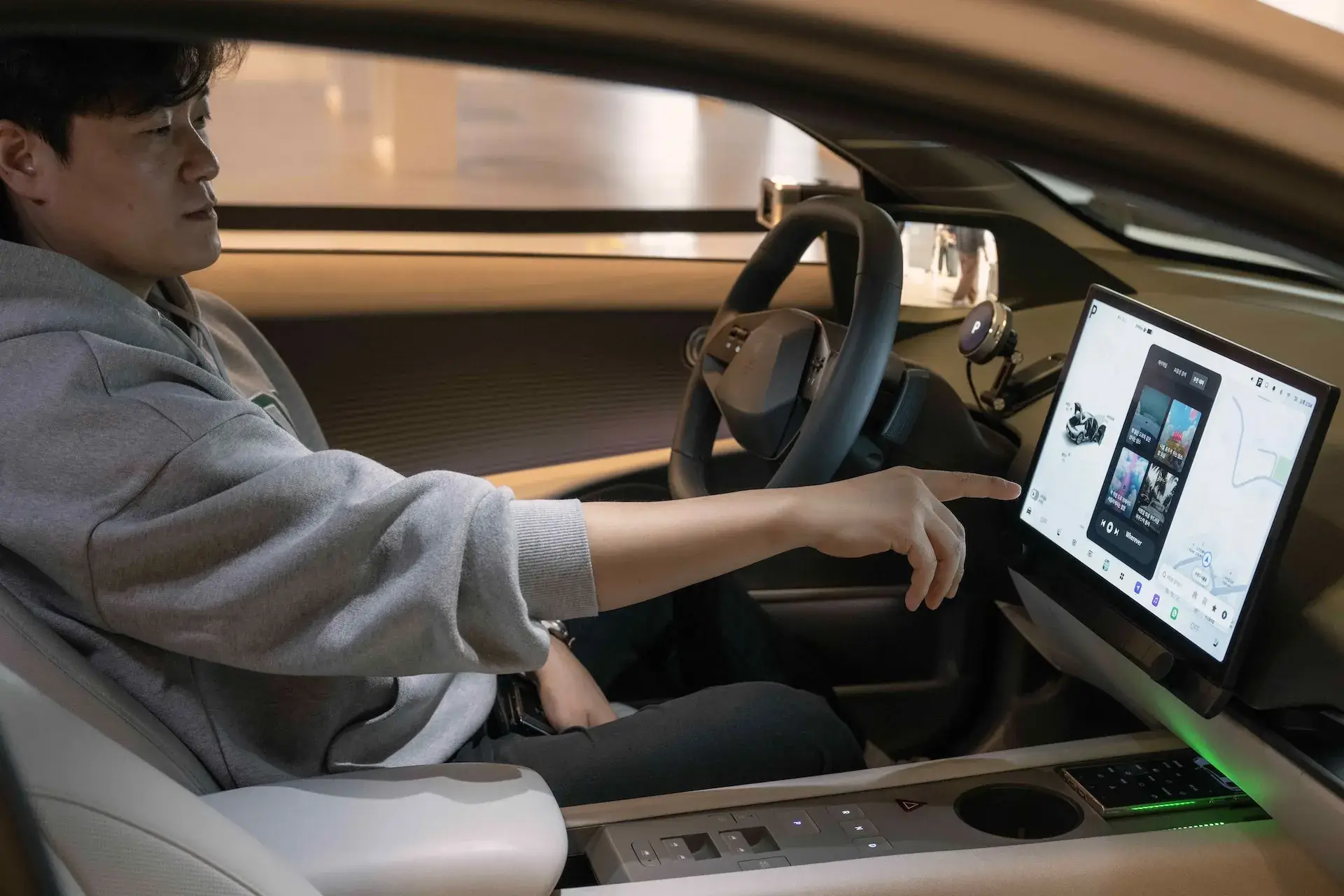

Author: Fabio Isidoro
Founder and editor-in-chief of Canal Carro, he dedicates himself to exploring the automotive universe with depth and passion. A car and technology enthusiast, he produces technical content and in-depth analyses of national and international vehicles, combining quality information with a critical eye for the public.

